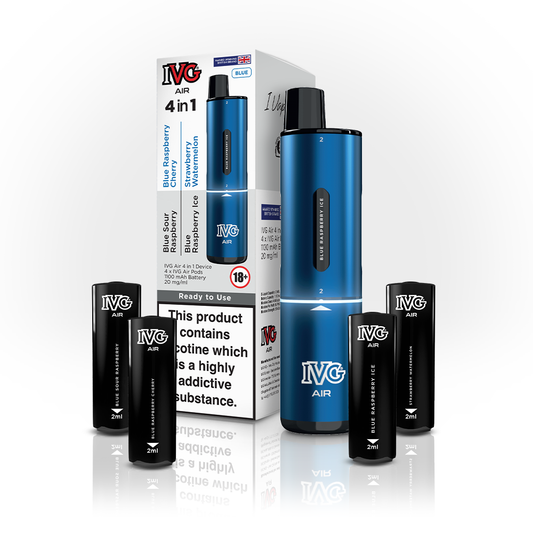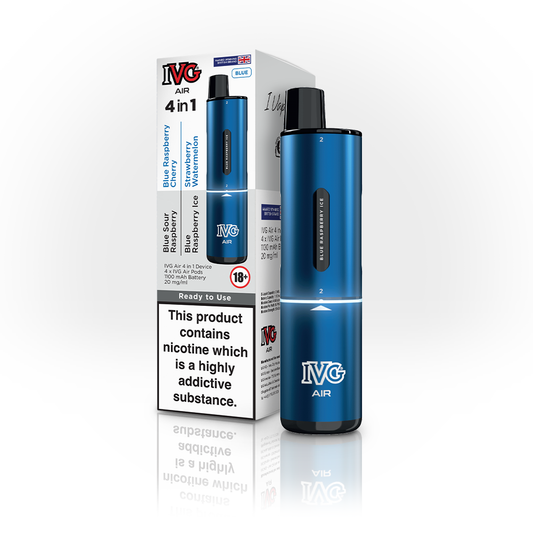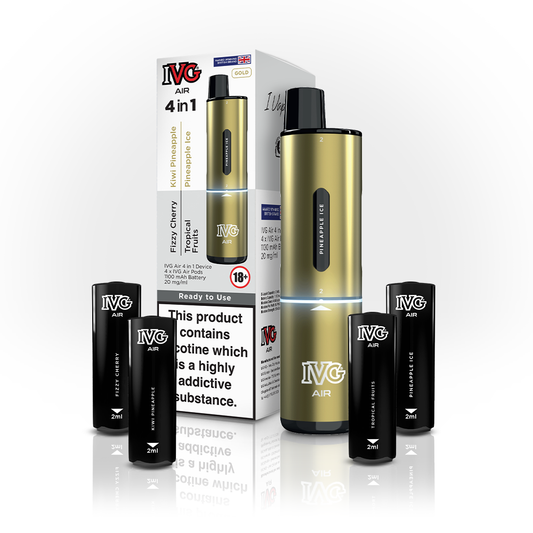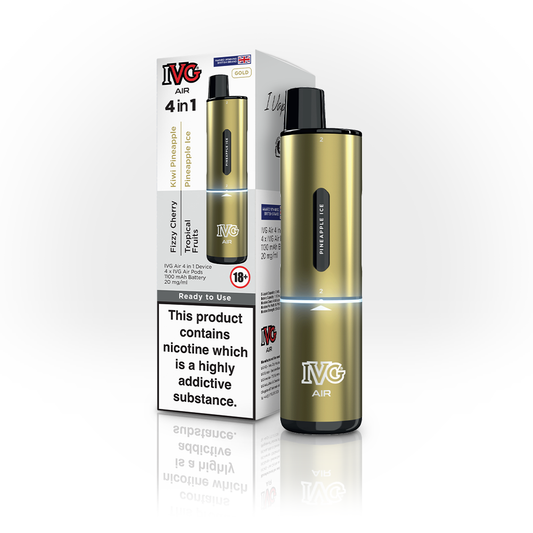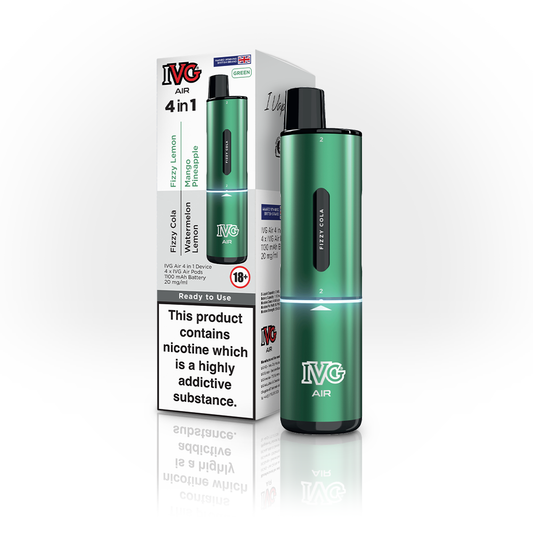Vape culture has evolved rapidly, becoming a global trend that blends technology, lifestyle, and personal expression. From its origins as a smoking cessation tool to its rise as a social and subcultural occurrence, vaping has sparked debates and curiosity, shaping modern attitudes toward smoking and wellness.
The Origins of Vape Culture: How Did it All Start?
The modern vape, a device that has revolutionised the smoking lifestyle worldwide, owes its origins to a 52-year-old Chinese pharmacist, Hon Lik. In 2003, Hon Lik patented his invention, the Ruyan e-cigarette, a breakthrough device that became the first commercially successful electronic cigarette. By 2004, the Ruyan hit the market, laying the foundation for today’s global vaping culture.
Hon Lik's Inspiration: A Personal Journey
Hon Lik’s motivation for creating the Ruyan was deeply personal. After losing his father to lung cancer because of heavy smoking, Hon sought to develop an alternative to traditional cigarettes. The word "Ruyan" translates to "like smoke" in Chinese, symbolising the device's purpose of copying the smoking experience without the harmful effects of cigarettes.
The Ruyan's success marked the beginning of the vaping movement, earning its recognition as a pioneer in the field. However, the concept of electronic cigarettes predates Hon Lik's creation by decades.
The Forgotten Innovators: Early Attempts at E-Cigarettes
Long before Hon Lik’s Ruyan, other inventors explored the idea of electronic smoking devices. In 1927, Joseph Robinson filed a patent for what is considered the first documented reference to an electronic cigarette. Granted in 1930, Robinson’s design never made it to market, but it established a conceptual framework for later innovations.
In the 1960s, Herbert A. Gilbert, an American mechanical engineer, patented a design for a “smokeless, non-tobacco cigarette.” His invention, patented in 1965, aimed to provide a safer alternative to traditional smoking. While Gilbert’s device never achieved commercial success, it was a significant step in the evolution of vaping technology.
Hon Lik’s Legacy and the Future of Vaping
Despite the early efforts of pioneers like Robinson and Gilbert, it was Hon Lik’s Ruyan that brought e-cigarettes into the mainstream. By combining practical usability with commercial appeal, Hon Lik transformed vaping from a conceptual curiosity into a global trend. Today, the vaping industry continues to evolve, with innovations building upon the foundational work of these early inventors.
The history of vaping is a testament to decades of innovation, driven by a shared goal: to create a safer alternative to traditional smoking. From Joseph Robinson’s early patents to Hon Lik’s groundbreaking Ruyan, each step has shaped the vaping culture we know today.
The Evolution of Vaping: From Innovation to Regulation
Brands like Totally Wicked and Vapourlites were early pioneers in the UK vaping industry, introducing a wider variety of devices and flavours that helped establish the foundation of this transformative market. Between 2010 and 2023, vaping experienced a remarkable evolution, driven by advancements in technology, shifts in cultural attitudes, regulatory standards, and substantial market growth.
The Rise of Vaping (2010-2016)
By 2012, vaping was no longer a niche habit but had begun to move into the mainstream. With its growing acceptance as a smoking cessation tool, a variety of brands emerged to cater to smokers seeking alternatives to traditional cigarettes. The year 2016 saw the launch of IVG, a company that would go on to become a leader in the vaping industry, shaping modern vaping culture.
Regulation and Control: The Tobacco Products Directive (2016)
In 2016, the EU introduced the Tobacco Products Directive (TPD), which was implemented into UK law as the Tobacco and Related Products Regulations (TRPR). This legislation marked the foundation of stricter controls on the vaping industry, including limits on advertising, packaging, and nicotine levels. As regulations tightened through the late 2010s and early 2020s, governments sought to strike a balance between promoting vaping as a safer alternative for smokers and addressing concerns about its appeal to younger audiences.
A New Era: Pod Systems and Youth Concerns (Late 2010s)
The late 2010s brought a crucial shift with companies like JUUL introducing pod-based systems. These sleek, discreet devices revolutionised the market, making vaping more convenient and accessible than ever. However, their popularity among young users sparked significant controversy. Concerns about youth addiction grew, driven by appealing flavours and high nicotine content, which began to overshadow vaping’s original purpose as a cessation tool. What was once a harm-reduction product is becoming entwined with youth culture and trends.
The Smokefree Generation Policy: Shaping the Future
The UK government’s vision extends beyond regulating vaping to creating a smoke-free generation by 2030. Recognising that over 80% of adult smokers began smoking before the age of 20, the Smokefree Generation policy aims to control the influence of addiction on today’s youth. The policy, set to take effect in 2027, will prevent anyone born after a specific year from legally purchasing tobacco or vaping products, ensuring future generations are protected from the harms of smoking and vaping.
A significant focus of this policy is reducing the number of children using vapes, a figure that has tripled in the past three years. By prioritising public health and sustainability, the government hopes to reshape the industry and foster healthier habits for generations to come.
To conclude, vaping has undergone a dramatic transformation over the past decade, from a promising tool for smoking cessation to a polarising topic that intersects with public health, youth culture, and environmental concerns. As we move toward a smoke-free future, the balance between innovation, regulation, and responsibility will define the next chapter in vaping’s evolution.

